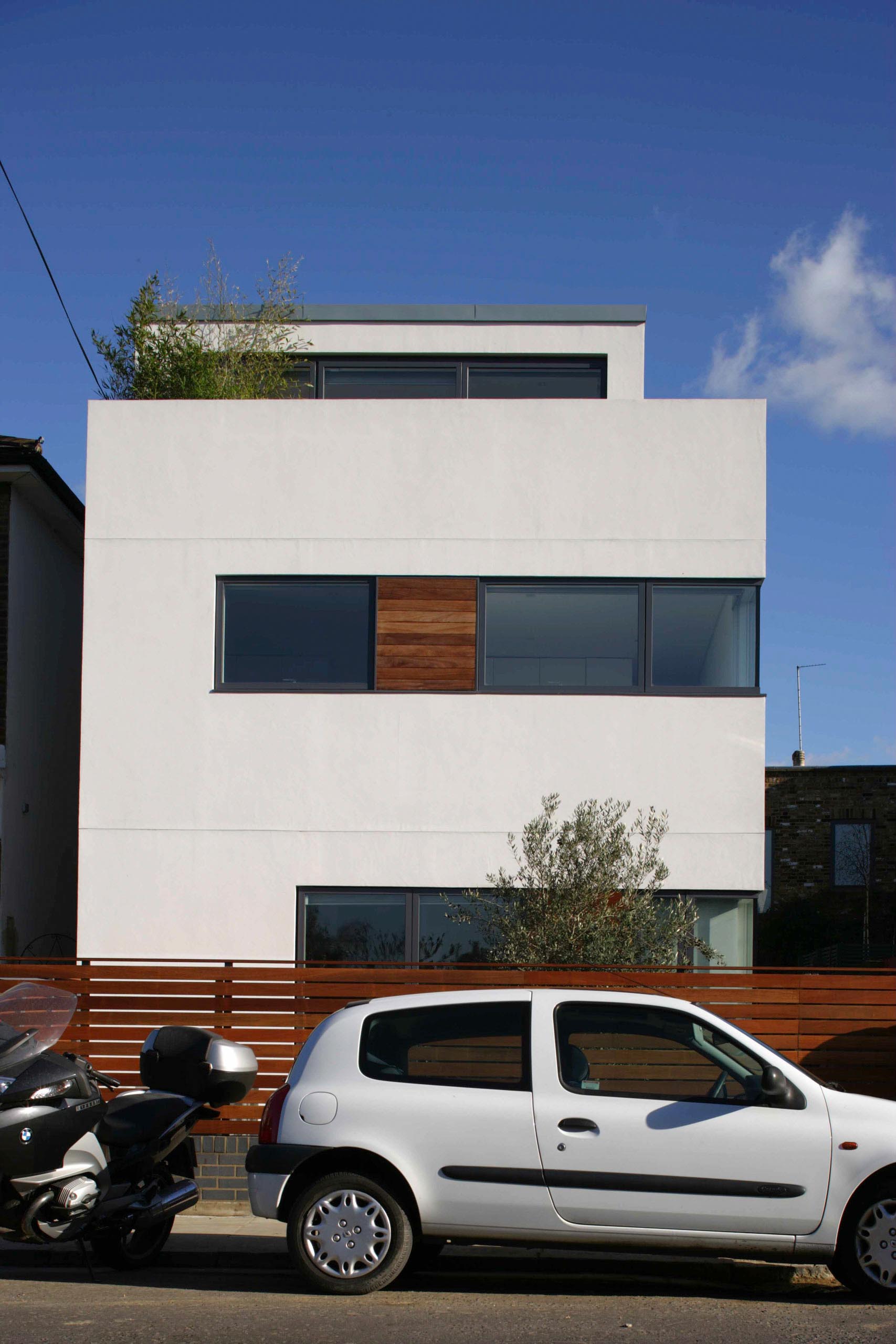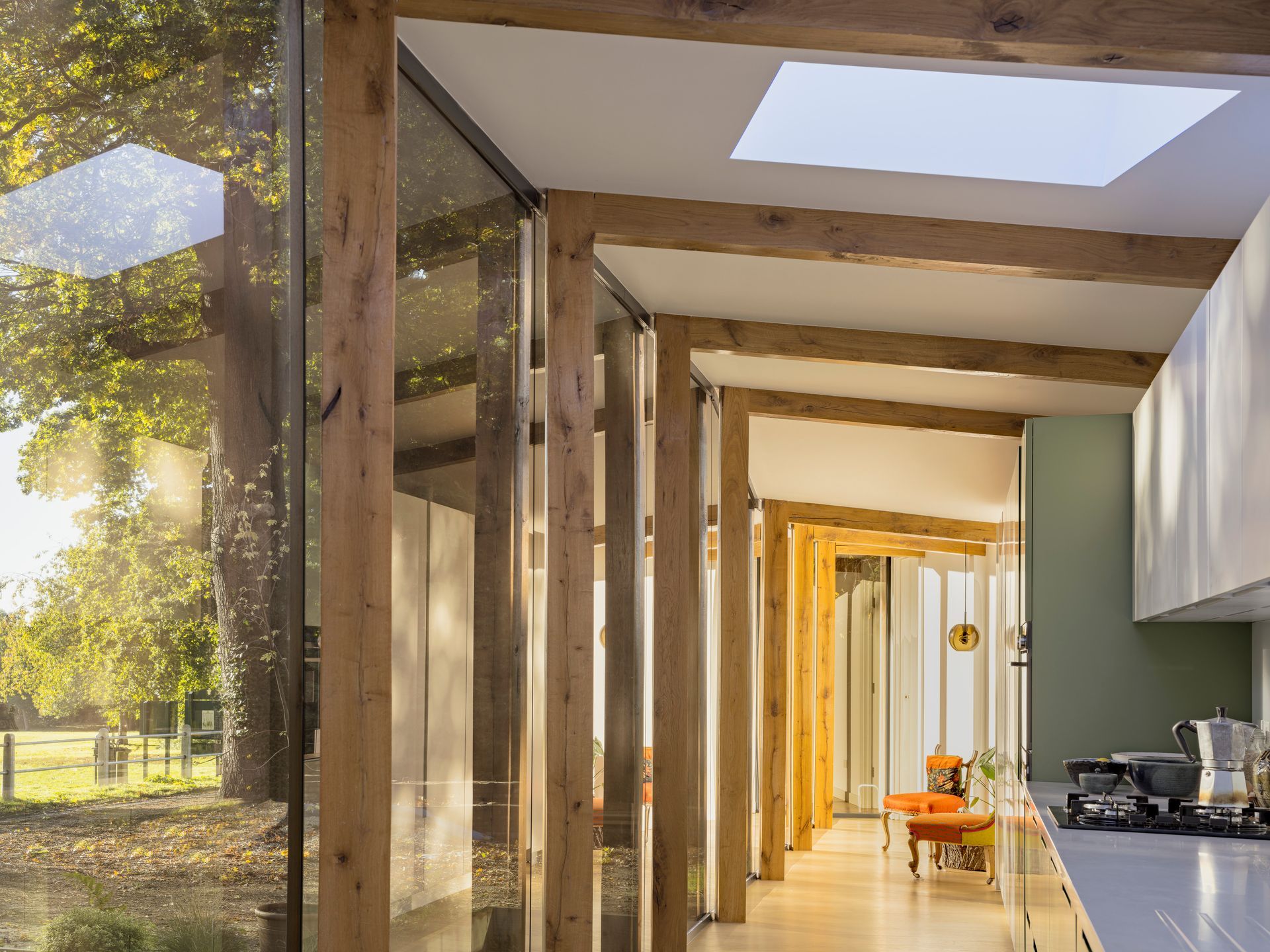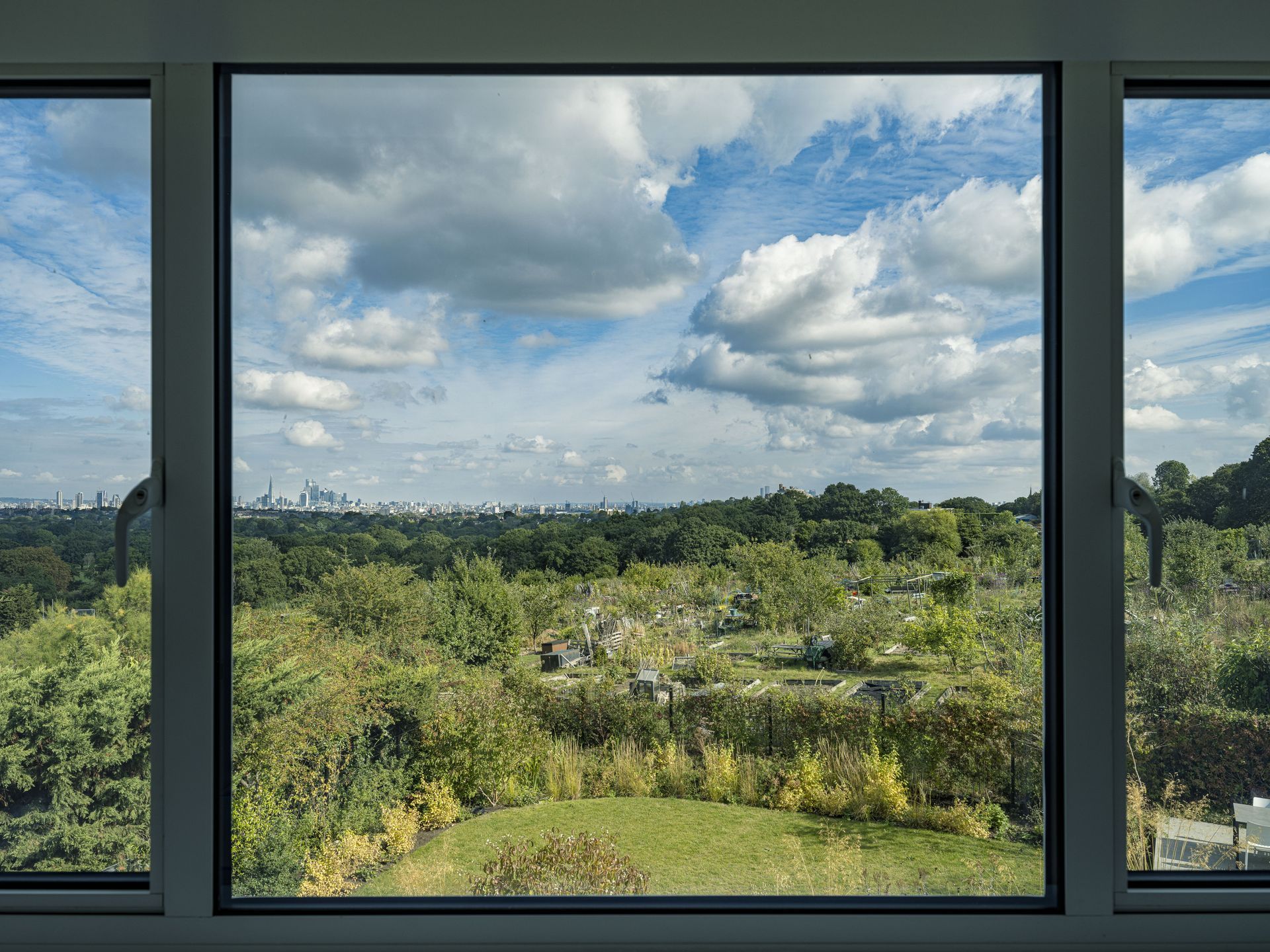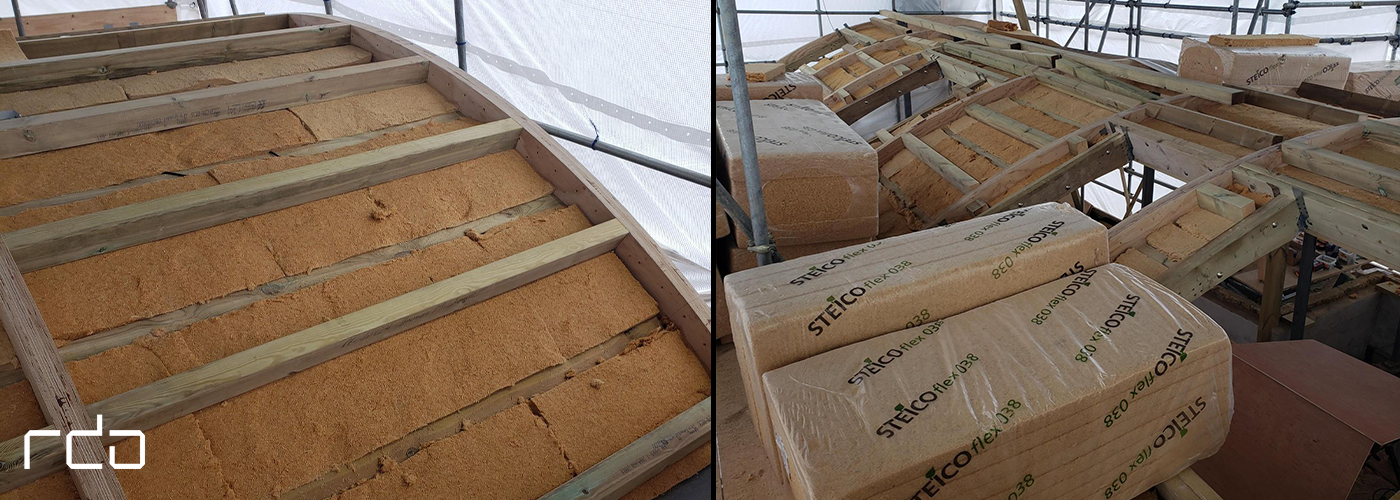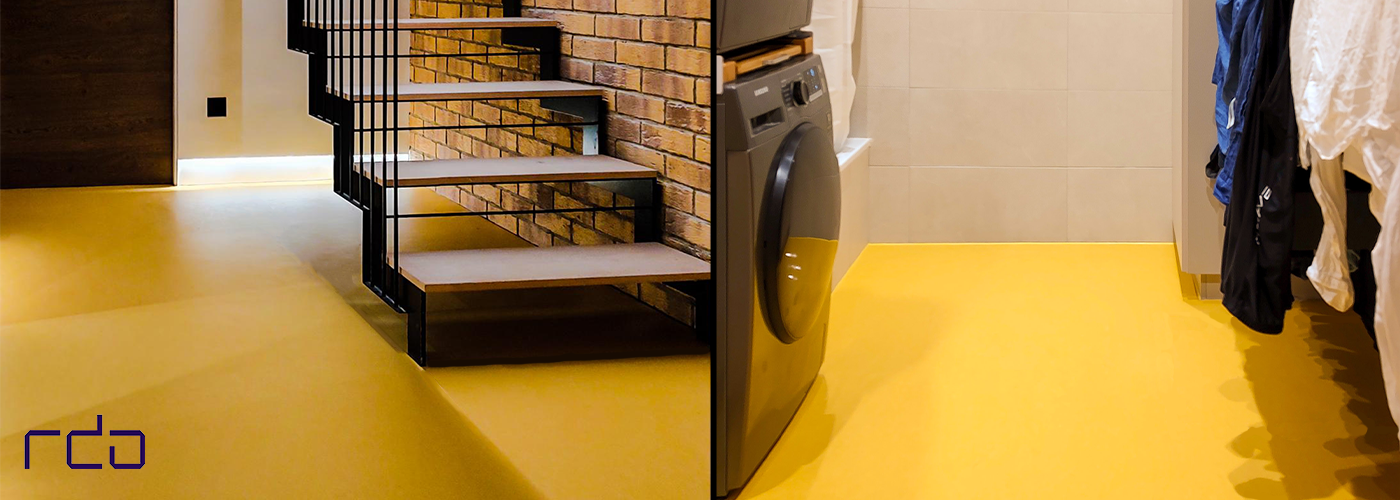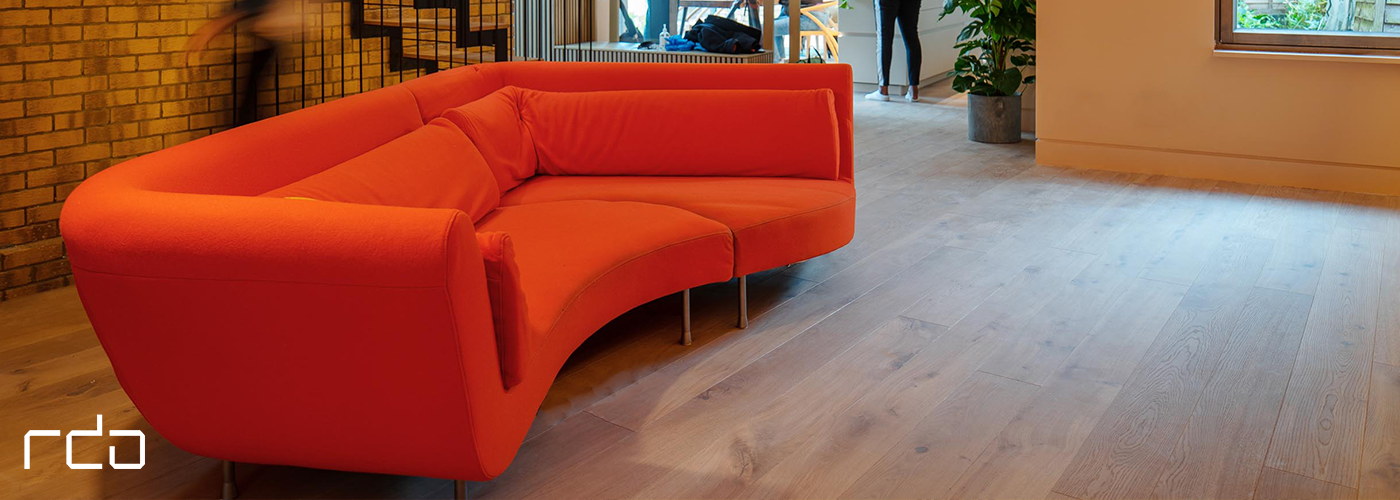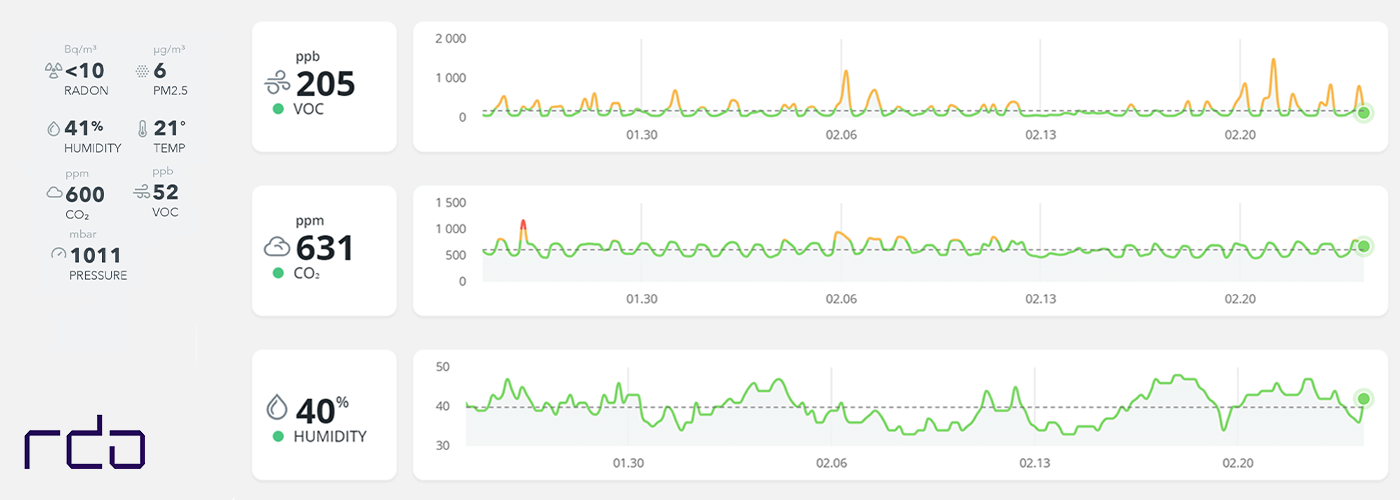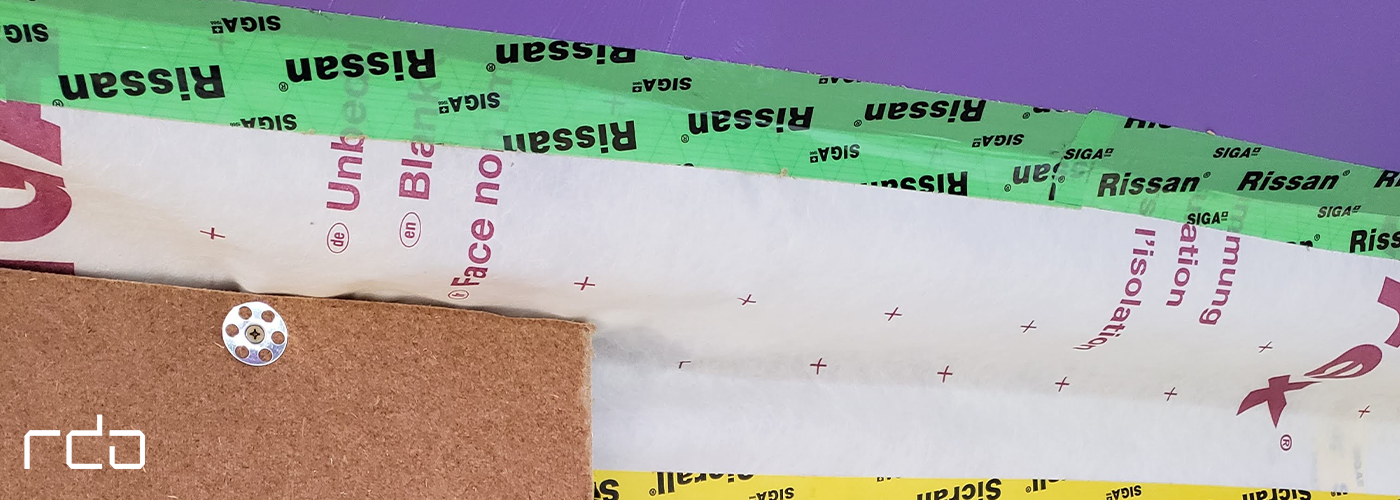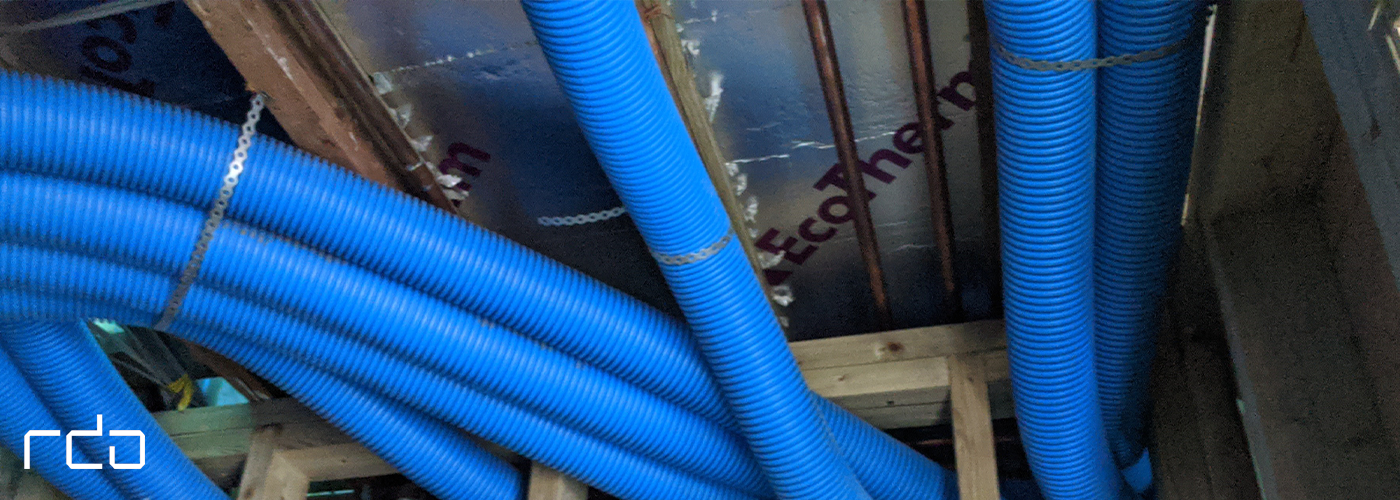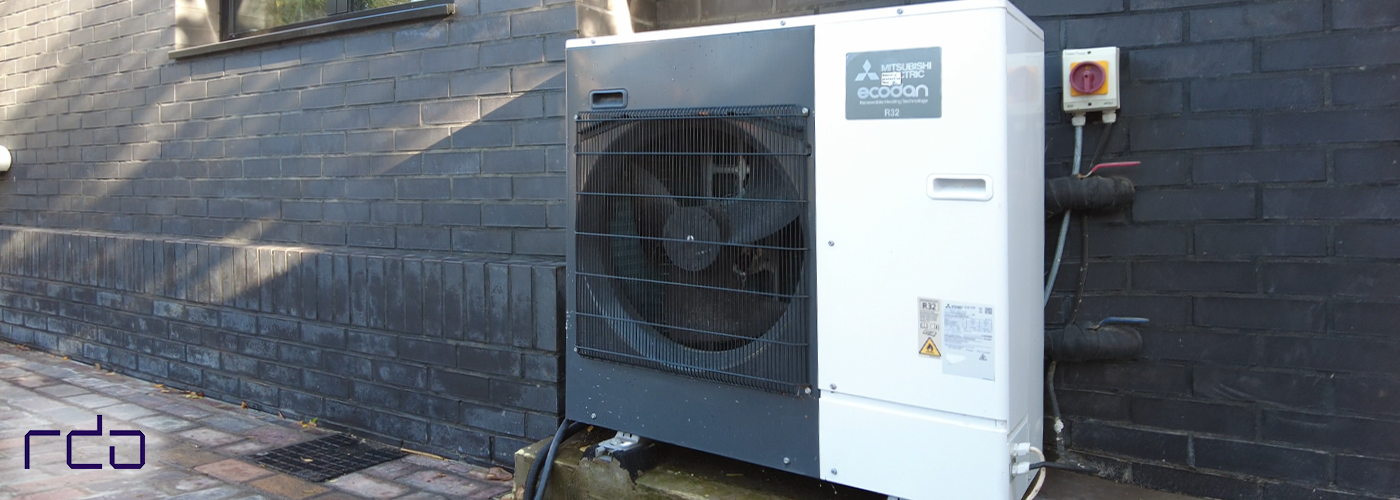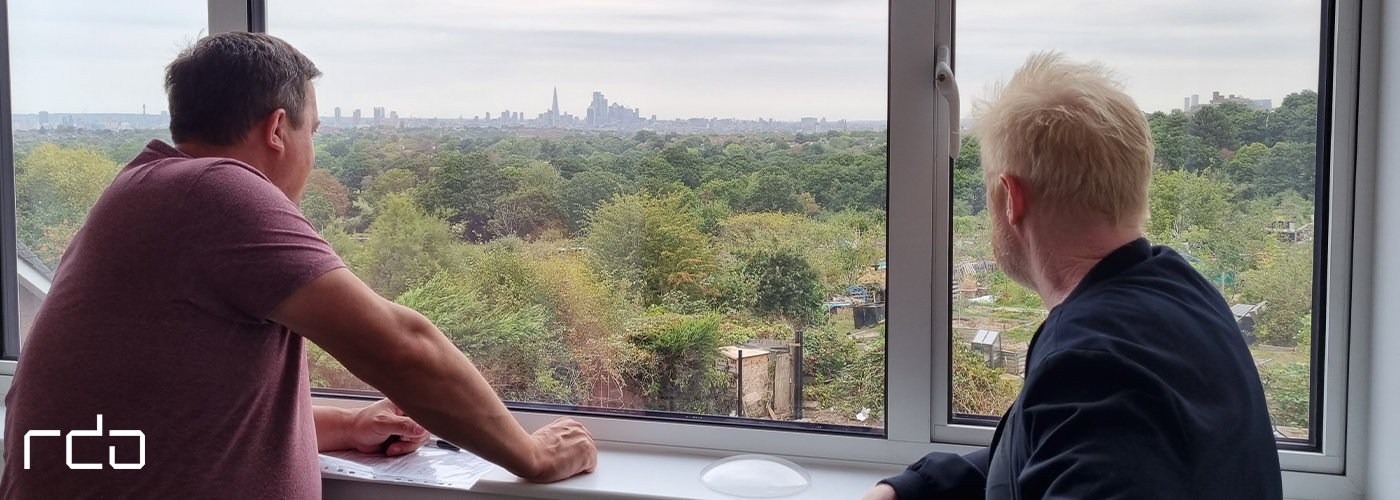It's no secret that the quality of our indoor air can have a significant impact on our health.
In fact, according to the
WHO, household air pollution exposure leads to non-communicable diseases such as stroke, ischaemic heart disease, chronic obstructive pulmonary disease (COPD), and lung cancer. So, if you're looking to improve your health, a good place to start is at home!
Designing a healthy home begins with applying Passivhaus principles to your home's construction. Passive homes strictly control the carbon output of your home to not only make it better for the environment but better for you and your family too.
Passivhaus principles do not account for the Volatile Organic Compounds (VOCs) present in your home. Also, they do not account for non-sustainable materials used in your home.
If you want to get the healthiest home possible, you will need to include a few extras in your design.
In this blog, we discuss how you can make your home healthier. This means going beyond Passivhaus design and exploring other aspects, like using low-VOC materials and creating the cleanest environment possible for your physical, mental, and financial well-being.
First, What Are VOCs?
VOCs are hazardous chemicals that are used to manufacture many man-made materials. Much like pollution, VOCs can be harmful to your health. Products in your home containing high levels of VOC will emit gases over time, negatively impacting your indoor air quality.
VOCs aren’t the only harmful chemicals we can find in a home, but they are one of the most common.
As a consumer, choosing products with low VOCs can be difficult. After all, you don't buy a new sofa and see the VOC count on the label. That's why asking an architect trained in healthy home design is essential if you want to choose the best materials.
Five Ways To Make Your Home Healthier
The ethos behind our firm is not only just Passivhaus design or lowering your carbon and energy bills, but it is to provide a healthy, comfortable home, where you are not burning away valuable money or breathing uncomfortable, unhealthy fumes.
Here are the five factors we consider when designing healthier homes:
1) Improve Indoor Air Quality
Most people are aware of the importance of outdoor air quality, but indoor air quality is often overlooked. The quality of the air inside your home is just as important as outdoor air quality; in some cases, it can be even more important.
To reduce indoor air pollution, you must allow the home itself to "breathe." Using the most natural home design products is the best way to do so.
Allowing the building fabric to breathe, i.e. allowing moisture to travel through the fabric, will reduce mould growth and spool growth, creating a healthier option.
There are a number of things that can affect your home's air, and some of them might surprise you.
Insulation type
Instead of using phenolic insulation and plaster to insulate your home, which can emit harmful VOCs, consider using more natural insulation products such as, natural wood fibre insulation, natural lime render finishes, and breathable membranes.
These insulation products will allow humidity to pass through your home rather than get trapped and cause mould and mildew to form.
Though using natural insulation products is a slower process, it is far better for your health.
Flooring type
One of the biggest things that can affect indoor air quality is the type of flooring that you have. Carpets can trap dust mites and other particles, which can then be released into the air and breathed in.
Hardwood floors are a much better option for indoor air quality, as they don't collect as much dust or contain as many VOCs as carpets.
You can also consider using natural linoleum instead of vinyl, which is made of hemp and linseed oil, making it
a VOC-free product.
Paint type
Another big factor that can affect indoor air quality is the type of paint that you use. Some paints release VOCs into the air, which can harm your health.
There's no point in using a breathable fabric that allows water and moisture to penetrate and then painting it with a regular paint which doesn't breathe. Effectively you are sealing the moisture in.
Look instead for breathable paints that are low-VOC or non-VOC. Something that allows the water and moisture to go through, lowering the VOCs.
Furniture type
Furniture can also be a significant source of indoor air pollution. Some materials, like particle boards, can release formaldehyde gas, which can be attributed to health issues.
Look for furniture that is made of solid wood or that is covered in a low-emitting fabric, like cotton, hemp, wool, and linen.
Two Products That Help You Improve Air Quality:
If a Mechanical Ventilation Heat Recovery unit (MVHR)is not an option, we recommend purchasing a high quality model of the following:
Air purifiers:
One of the best ways to improve indoor air quality is to use an air purifier. Air purifiers remove contaminants and toxic chemicals from the air, making it healthier to breathe.
AirWaves monitors:
These monitors will let you know what the radon, fine particulate matter, CO₂, humidity, temperature, VOCs, and pressure level is in each room of your home, helping you to make informed changes to the products you are using. You may find that even switching to natural cleaning products can make a big difference.
2) Improve Ventilation & Humidity
Most people know that ventilation and humidity are vital factors in maintaining a healthy home. However, many need to learn how they work together to achieve this.
By understanding the role each plays, you can make sure your home is as healthy as possible.
Ventilation and humidity control are important for two main reasons: Removing stale air and improving air quality.
Removing stale, contaminated air and bringing in fresh, clean air helps to prevent the build-up of harmful airborne contaminants, which can cause respiratory problems.
Humidity is also important for indoor air quality. Too much moisture can lead to the growth of mould and mildew, which can cause respiratory problems. On the other hand, too little humidity can cause dryness, leading to bacterial growth and respiratory tract irritation.
The ideal relative humidity level for indoor air quality is between 30% and 50%. You can achieve this by using a humidifier or dehumidifier as needed and by adequately sealing and insulating your home using Passivhaus principles.
3) Control the Temperature
No one likes being too hot or cold, so finding a happy medium is essential. But did you know that keeping your home at a comfortable temperature can also help make it healthier?
Maintaining a comfortable temperature can significantly improve indoor air quality and reduce harmful toxins.
This is because if your home is too cold, the air will become dry, and this can cause dust and allergens to circulate more and mould and mildew to form.
On the other hand, if your home is too hot, the air will be more humid, and this can also cause dust and allergens to circulate and mould and mildew to grow.
So, by keeping your home at a comfortable temperature, you can help reduce the amount of harmful allergens and toxins in the air.
Four Products To Help With Temperature Control
Mechanical Ventilation Heat Recovery Unit in Woodhall by RDA
Mechanical Ventilation Heat Recovery unit (MVHR): A MVHR unit brings fresh outdoor air into the house using ductwork, and blows exhaust air from bathrooms, kitchens, and utility rooms through a heat exchanger. So, you always have fresh air which is both filtered and warm, without losing heat by opening windows.
The heat exchanger salvages or recovers the heat, hence the name, Mechanical Ventilation and Heat Recovery unit. These are incredibly efficient and give you a much more even temperature throughout your home.
Several companies are on the market for this, but we highly recommend
Renson,
Paul, or
Zehnder's options. Some units, such as the Zehnder, also provide cooling, if necessary.
We like the Renson unit because it also has a pollution monitor that automatically detects whether the particulate or pollution levels are high outside. It then adjusts the airflow to suit. It also filters the air and harmful chemicals, which is brilliant if anyone living in the house suffers from allergies.
Air Source Heat Pump:
With the current climate crisis, we are trying to remove burning gas from the grid. An air source heat pump is an inverted refrigerator that heats your hot water circuit in the house, through radiators or underfloor heating, should you need it, and the hot water tank.
The efficiency ratio of this is between 2.5 and 3. Therefore, for every kilowatt of energy you put into an air source heat pump, you get about 2.5 to 3 kW of heat. This makes the energy costs the same and if not less than gas, and you are eliminating the burning of gas.
As our national grid gets decarbonised, you are contributing to the decarbonisation of the nation. This is a no-brainer, and by going down the Passivhaus route, you will need less energy in the first place. So it's a total win-win situation.
Mixergy Hot Water Tank:
A
Mixergy hot water tank doesn't have a standard heating element. It has a heat exchanger with plates that only heats a small proportion of the water rather than the whole tank. It is configured to work with your energy tariff and with your usage.
You can also use their smartphone app to see how you use the hot water, so you only heat enough hot water for daily use. This can also be accompanied by solar power so that the solar cells can also heat your hot water tank and store the energy there.
Use Existing Materials: As well as using natural materials within the building fabric, or even the structure, the best material to use is the existing fabric, and not changing it. Because obviously, the energy which builders used to produce this fabric is still there. Therefore, we are using less energy in most cases by leaving it intact and making it more comfortable.
In most cases, we would insulate the buildings on the outside, whether new or existing, replace the windows to triple-glazed, and change their location to be in the thermal envelope.
This is so the edge of the window never touches the cold part of the building, meaning the window will not transmit the cold energy from the structure as quickly as it might have before in the previous building.
4) Improve Lighting & Reduce Glare
To make your home healthier, consider reducing the amount of lighting and glare. Glare can be caused by a number of things, including sunlight, artificial light, and even reflections from surfaces like mirrors and glass.
It can be tough on your eyes and can even cause headaches. Reducing the amount of light and glare in your home can help you feel more comfortable and may even improve your overall health.
5) Soundproof Your Home
Soundproofing is a great option if you're looking for ways to make your home healthier. It can help reduce noise pollution and improve your overall quality of life.
There are various ways to soundproof your home. The best method depends
on your specific needs. But regardless of which method you choose, soundproofing can make a big difference in your health and well-being.
Making Your Home Healthier Is One Of The Best Things You'll Ever Do
RDA Director, Richard Dudzicki enjoying the view from a new Passivhaus Home
Passivhaus and healthy home design allows you to live in total comfort.
Making your home healthier through the above methods and with a Passivhaus design will increase your overall satisfaction with your home, health, and quality of life.
We'd love to be part of your journey to a healthier, more comfortable home. So, if you're interested in Passivhaus design and would like to learn more about our sustainable residential architecture and interior design services, please
get in touch.
